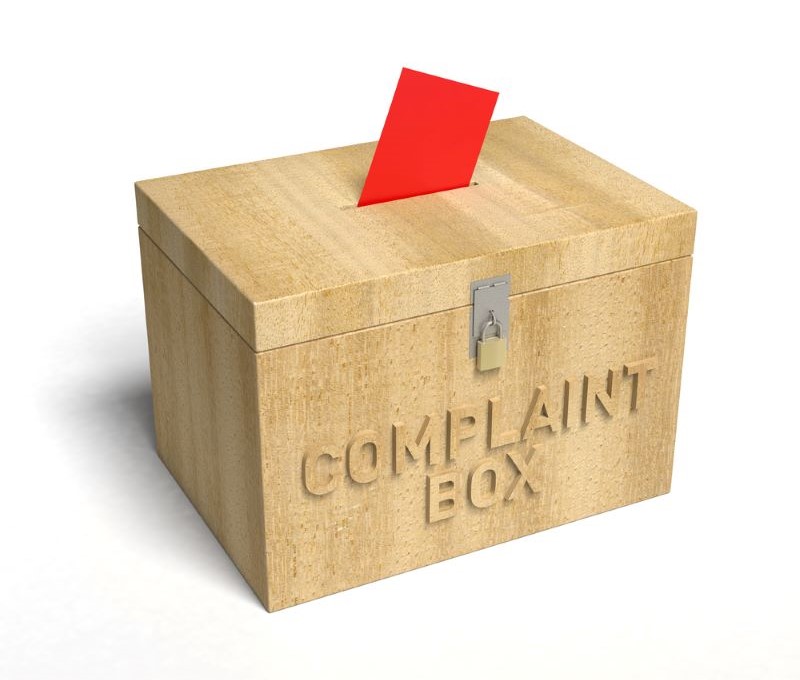While some companies are telling their employees to keep working from home, others are calling staff back to the office. Although it might be easier to avoid office conflict when working from home, that doesn’t mean that arguments disappear entirely.
We’ve come up with four best practices for managing employee conflicts, no matter what the setting might be. Whether there’s a disagreement happening in the office or online, one thing is certain: that conflict is decreasing productivity and making your workplace a less pleasant place to be.
Don’t let conflict take away from your company. Follow these best practices to keep conflict to a minimum and to provide a positive work environment for your employees.
Be Proactive
For this best practice, you’ll have to pick a day to start, and we suggest the first Monday of a new month. The symbolism of choosing the first day of the week to launch an initiative actually helps people get in the right mindset: new month, new practice.
And just what is this best practice? It’s simple but so important: respect. When employees don’t respect each other, miscommunications and arguments increase. Respect is essential to the functioning of any organization or society,
Unfortunately, you can never control whether or how much employees actually respect each other. But what you can do is establish a set of norms. Don’t interrupt when someone is speaking. Each person has this much time to speak. If you have an issue with a coworker’s behavior, then talk to your supervisor.
If an employee breaks these norms, then it’s time to have a discussion with them about the importance of respect and their future with the company.
Establish A Complaint Process

Sometimes a conflict gets out of control, or an employee’s behavior escalates in a way that can no longer be tolerated. When this is the case, there needs to be a process for filing a formal complaint.
No employee should have to feel like their voice won’t be heard. If a coworker is treating another employee poorly, then that employee needs to make it known.
A written complaint that goes into a personnel file will help HR track employee behavior in case the case escalates even further.
Communicate the complaint process to your employees. Make sure they know that they will not be penalized for reporting the inappropriate behavior of a coworker.
Confront The Issue

For less serious conflicts, it’s time to leave passive aggressiveness behind. When a minor event happens, employees should be encouraged to confront each other over what went wrong.
Ignoring tensions can actually make the problem worse as time goes by. When employees secretly dislike a coworker or manager, that’s a recipe for miscommunication. It’s difficult to ask for help from someone who you don’t like or don’t trust.
Encourage your employees to have honest, open conversations with each other. Explain that the first step is to politely state how they feel and what the other person might be able to do in a future similar situation to minimize the issue.
Set Communication Standards

Establishing norms for respect, a process for filing formal complaints, and a policy of addressing issues as they arise are three important steps that all have to do with communication. Communication is critically important in the workplace, and that’s why having high standards for it will help your business move up to the next level.
Decide on how much communication you expect from your employees daily, and how much communication is needed within teams. Make sure that you model clear and concise communication in your emails and meetings.
Be honest, open, and to the point. Prioritize your employees’ understanding. If you have communicated something unclearly, then that could lead to future miscommunications.
You should also ask each team to establish their own communication standards, and make sure you approve them. Ask your employees for feedback about what was communicated well and what needed more clarity.
In Conclusion
Respect, complaint processes, conflict policies, and communication standards are four areas where companies should be following best practices to keep conflict to a minimum and employees happy at work.
Arguing at the office or online can lead to more than just a miscommunication or lost time. When conflict gets out of hand, serious consequences can ensue that can lead companies into disaster.
Make sure that you take the right steps and follow best practices to create a positive work environment where employees feel heard and valued. Communication is key!

